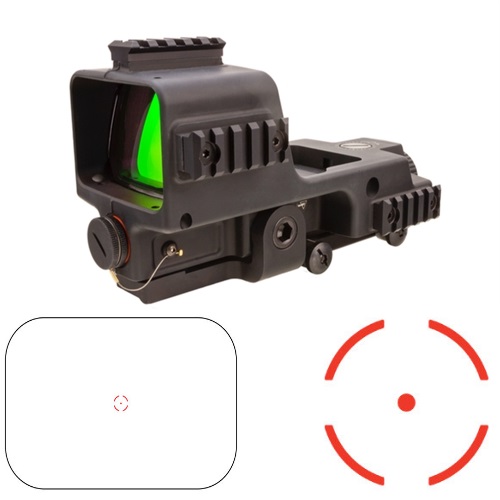Table of Contents
Today we venture into hallowed antiquity…. Kind of. The Japanese produced and used the Arisaka bolt-action rifle from the very end of the 19th century to the end of the Second World War (1897 – 1945). At the height of its popularity, the rifle was used by forces all over the world.
The two most popular models of the rifle were the Type 99 and Type 38, and we will discuss those two a bit more at length in this post. The 38 and 99 were two of the most commonly-used Japanese rifles during the Second World War. Altogether, there were about 10 models (or ‘types’) within the Arisaka service rifle series.
The original rifle (Type 30) was designed by Arisaka Nariakira and Nambu Kijirō, in 1897. It sported a 5-round internal-magazine-fed system and was chambered in 6.5x50mm SR (semi-rimmed) Type 30. The 6.5x50mm cartridge was new and was designed for use specifically with the Arisaka Type 30. The new cartridge was adopted right along with the new rifle. Both were put into service in 1899, as a standard issue for infantry, and both were phased out after WWII. Over the years, over half a million units of the Type 30 were built, and it spawned many variants.
You may also enjoy our Asian Firearms Overview
Arisaka Type 30 Specs
Action: bolt-action, magazine-fed (internal, 5 rounds)
Caliber: 6.5mm (supporting the 6.5x50mm Arisaka cartridge)
Length: 50”
Barrel length: 31.4”
Weight: 8 lbs. 11 oz.
Arisaka Type 38
Designed in 1905 and immediately put into service, the Type 38 was in use by the Japanese forces until 1945. The Japanese built approximately 3.4 million of them during that time, with the common variants being a carbine and cavalry carbine. The build was of wood and metal, like the others in the series.
Like the Type 30 which came before it, and the Type 99 which followed it, the Type 38 could be fitted with a Type 30 Bayonet, which was designed to give the relatively short Japanese infantryman a better chance against cavalry and enemy infantry. The bayonet was grooved and rather thin, and it could be used mounted or unmounted.

Action: bolt-action, magazine-fed (5 rounds)
Caliber: 6.5mm (supporting the 6.5x50mm Arisaka cartridge)
Length: 50.2”
Barrel length: 31”
Weight: 9 lbs. 4 oz.
Arisaka type 99
By 1939, the Japanese understood that the long-used Type 38 rifle had been outmatched and outdone by technological advancement in the battlefield. Different calibers and cartridges were being used by enemy forces, and this made the Japanese rethink their standard issue infantry service rifle.
The Type 38 was being phased out in favor of its successor, the Type 99. Both Types would go on to be used during WWII. Even though the Japanese wanted to replace the Type 38 with the 99, the outbreak of the War in the Pacific caused their plans to change.

Approximately 3.5 million units were constructed during that 6-year period, and at the end of the war, both the Type 38 and Type 99 were taken out of service. During the War, however, they were two of the most popular Japanese infantry weapons around. The Type 99 could be fitted with Type 30 Bayonet.
When the U.S. forces got their hands on the Type 99 and had run their tests on it, they discovered it to be one of the strongest rifles (internally-speaking) in the entire Second World War. It was capable of withstanding a lot more punishment than many other rifles which a part of that war had been.
Action: bolt-action, magazine-fed (internal, 5 rounds)
Caliber: 7.7x58mm Arisaka
Length: 44” – 49.5” (Long Rifle variant)
Barrel length: 25.9”
Weight: 8.4 lbs.
Arisaka Defense
A design and manufacturing company (established in 2016) which produces parts and accessories for the small arms industry in the United States. The company was founded by Walter Fowler and William Roberson and is also operated by them. They chose that particular name for their business, to honor their Japanese heritage, and in particular to honor Arisaka Nariakira, who is “one of Japan’s most iconic weapons designers.” The company operates out of their North Carolina facility in Apex, and their items are designed, machined, assembled, and sold exclusively in the U.S.
Conclusion
Japan has a long and proud history – some of it good, some bad – going back thousands of years. It is one of the more ancient civilizations which is still around today, and it is a nation which has seen a lot of war. Japan surrendered at the end of WWII, and with that came an end to its standing offensive army, and to so many weapon designs which were in the works. Is that good or bad? Depends on who you ask, I suppose.
The Arisaka is one of Japan’s most notable achievements in the firearms industry. Many other nations and forces have used the Arisaka series of rifles over the years, and even though it was phased out at the end of the Second World War, there are still many out there who collect it, who remember it, who have it on the wall as a souvenir, and who fire them at different competitions and matches.
Thanks for reading here at Gunivore & Don’t miss out on our features of the M1 Garand and Mauser Rifles!


